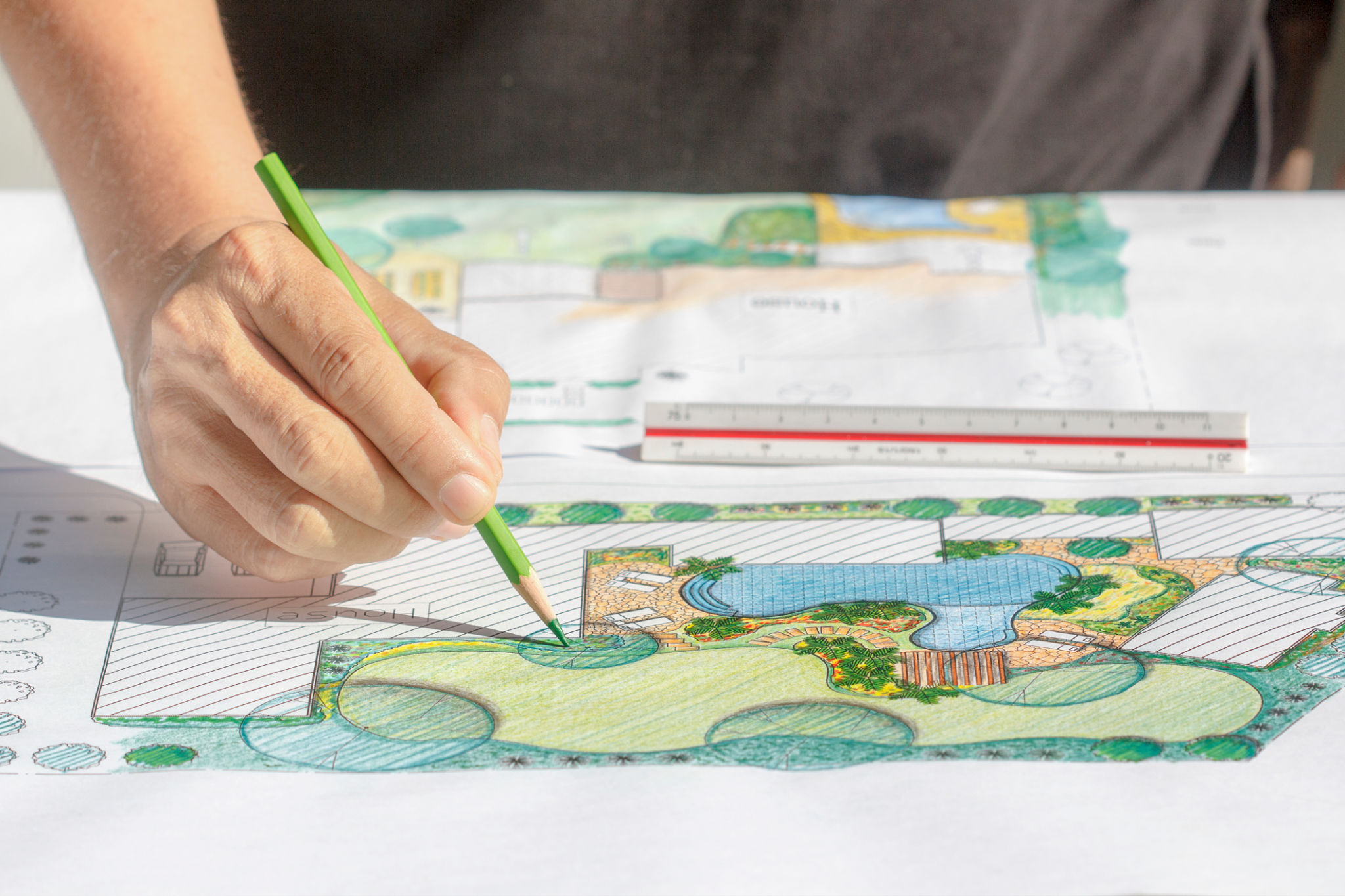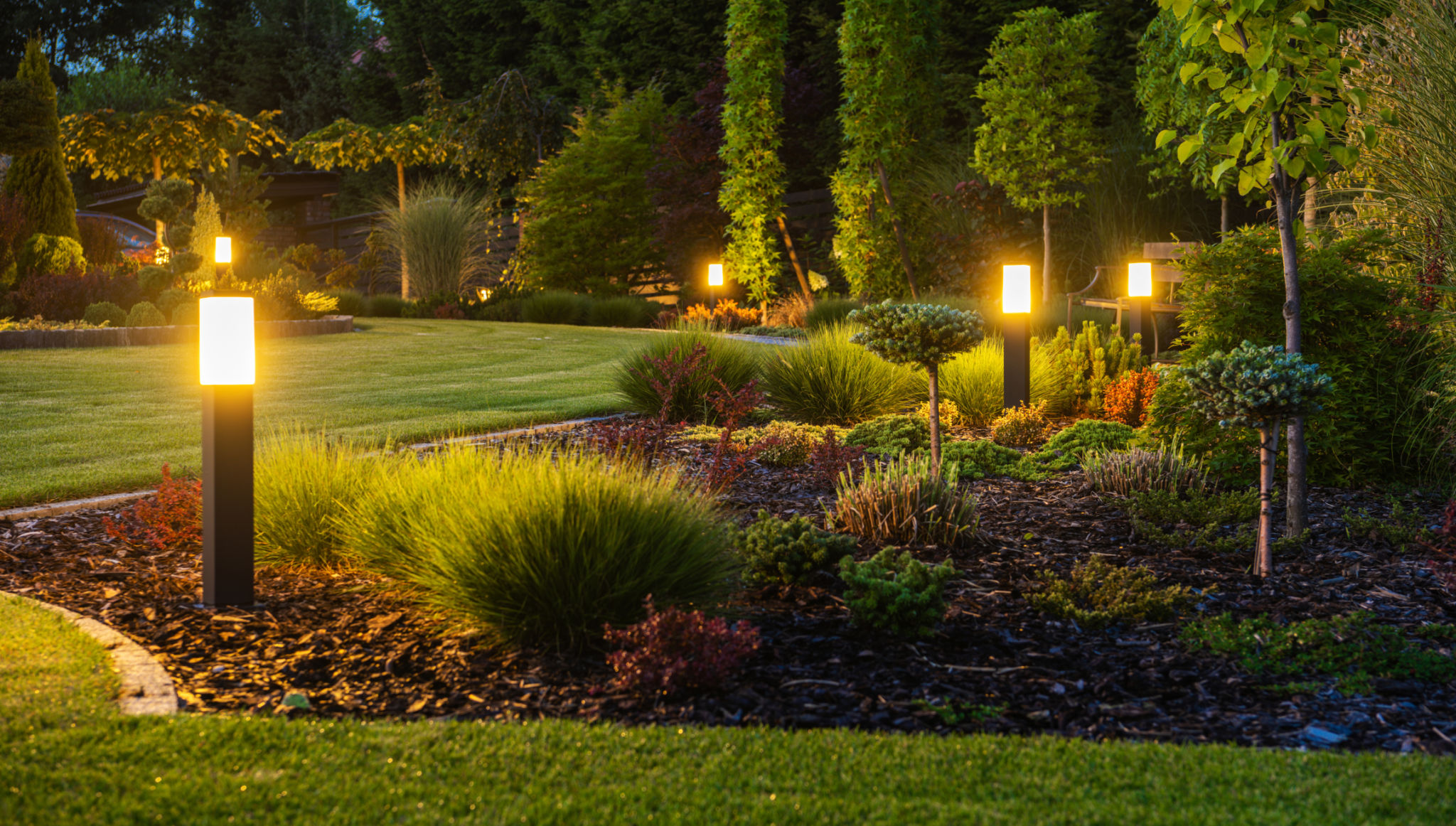Transform Your Outdoor Space: A Complete Guide to Landscaping in Lancaster, PA
Understanding Your Space
Transforming your outdoor space begins with understanding the unique characteristics of your property in Lancaster, PA. The region's climate, soil type, and topography all play a crucial role in determining what plants and landscaping features will thrive. Start by assessing your yard's sun exposure, existing vegetation, and drainage patterns. This information will guide you in choosing the right plants and materials for your landscape design.
Consider creating a detailed site plan that includes the dimensions of your yard, existing structures, and any permanent fixtures you wish to incorporate into your new landscape. This plan will serve as a foundation for your design, helping you visualize the final outcome.

Incorporating Native Plants
One of the most effective ways to ensure a sustainable and low-maintenance landscape is by incorporating native plants. Native species are adapted to the local climate and soil conditions, requiring less water and care than non-native varieties. In Lancaster, PA, consider plants like the Black-eyed Susan, Eastern Redbud, or Pennsylvania Sedge for a vibrant and resilient garden.
Native plants also provide essential habitats for local wildlife, supporting bees, butterflies, and birds in their natural environment. By choosing native species, you contribute to the ecological health of your community while creating a beautiful outdoor space.
Designing Functional Spaces
A successful landscape design not only enhances aesthetics but also improves the functionality of your outdoor area. Think about how you want to use your space. Do you need a play area for children, a quiet retreat for relaxation, or an outdoor dining area for entertaining guests? Identifying your primary needs will help you allocate space effectively.

Consider incorporating hardscapes like patios, pathways, or retaining walls to define different areas within your garden. These elements not only add structure but also enhance the usability of your outdoor space throughout the year.
Water Features and Lighting
Adding water features such as fountains or ponds can bring a sense of tranquility and elegance to your landscape. The soothing sound of water can create a peaceful atmosphere, making your garden a perfect retreat from the hustle and bustle of daily life.
Outdoor lighting is another key element in transforming your space. Proper lighting can highlight architectural features, illuminate pathways, and create ambiance in the evening. Choose energy-efficient LED lights to minimize environmental impact while enjoying the extended usability of your garden at night.

Maintaining Your Landscape
Once your landscape transformation is complete, regular maintenance is essential to keep it looking its best. Develop a seasonal maintenance plan that includes tasks such as pruning, fertilizing, and mulching. Regular care not only ensures the health of your plants but also prolongs the life of your hardscapes.
If you're not keen on maintaining your garden yourself, consider hiring a professional landscaping service in Lancaster, PA. They can offer expert advice and services tailored to your specific needs, ensuring that your outdoor space remains beautiful year-round.
Conclusion
Transforming your outdoor space in Lancaster, PA, is an exciting opportunity to create a personalized oasis that reflects your style and meets your practical needs. By understanding your space, incorporating native plants, designing functional areas, and maintaining your landscape, you can enjoy a beautiful and sustainable garden for years to come.
Whether you're embarking on a DIY project or working with professionals, these guidelines will help you achieve a successful landscape transformation that enhances both the beauty and value of your home.
